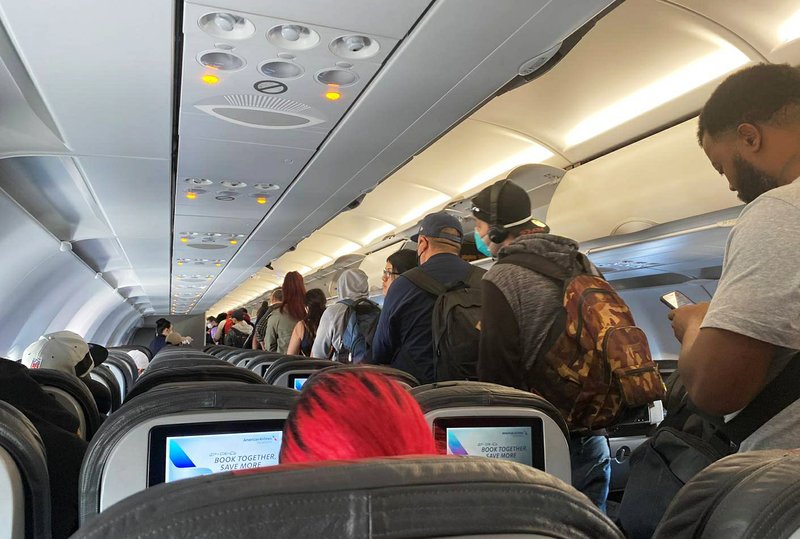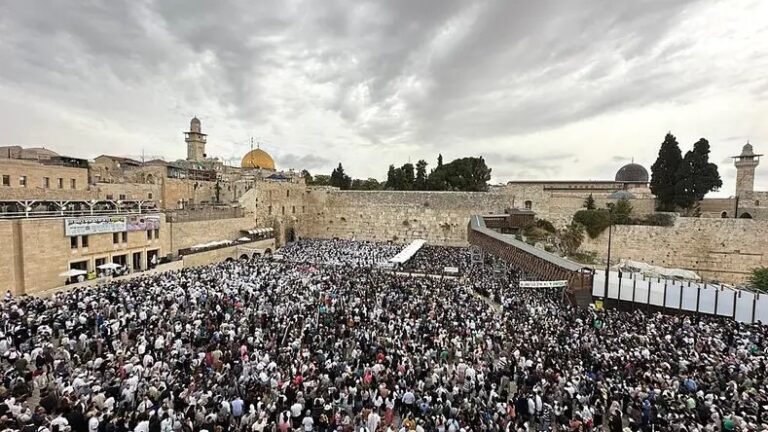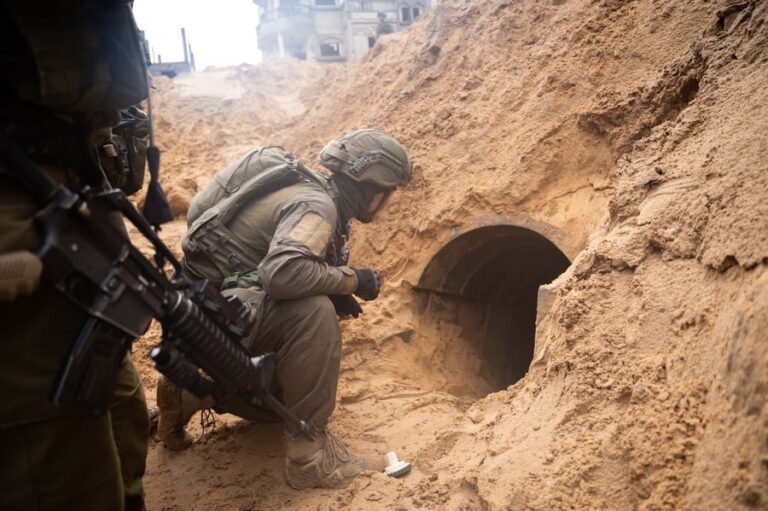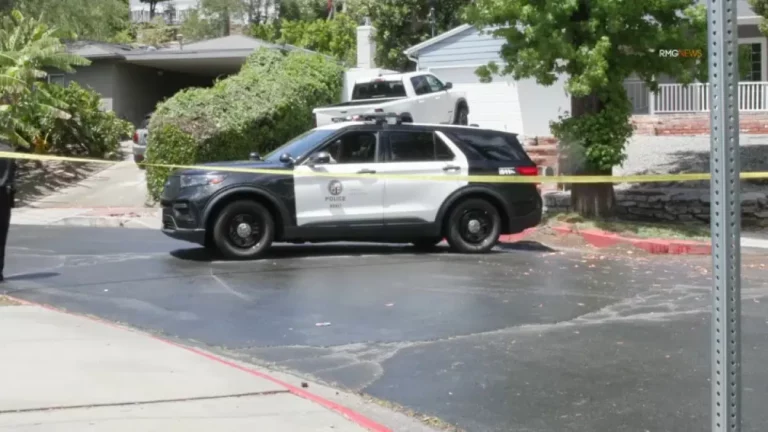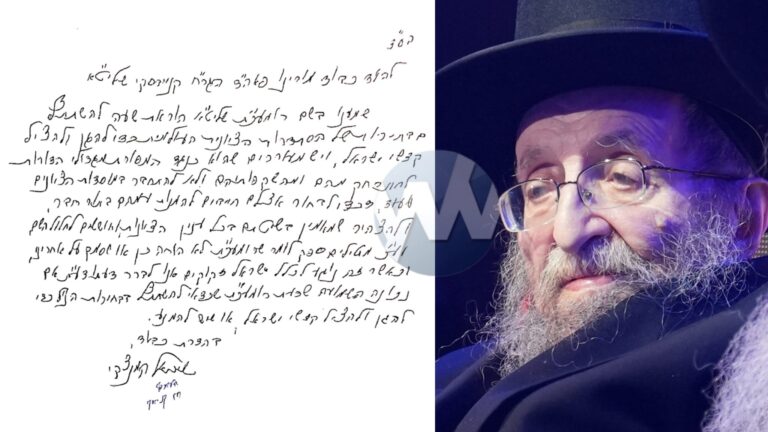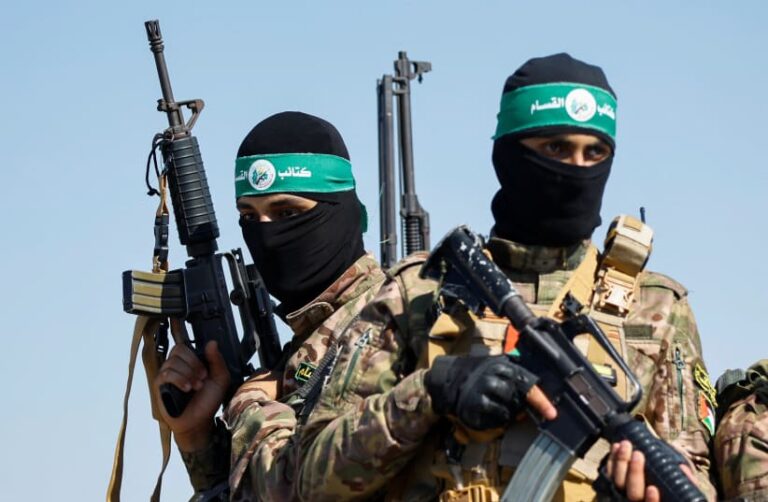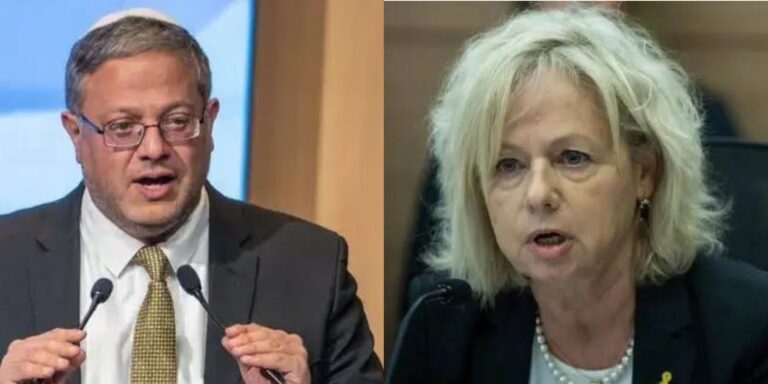Every once in a while, social media lights up with photos or video from flights that are nearly full, with passengers clearly violating advice from public health officials about social distancing during the coronavirus pandemic.
That raises the question: How can planes still be full when air travel is down more than 90% from a year ago?
In some cases, airlines are creating the crowds by canceling other flights and packing passengers on the few remaining planes. Carriers say, however, that they are taking action to ease passengers’ fears about coronavirus contagion. Some are blocking middle seats — or letting passengers pay extra to guarantee an empty seat next to them. They are also starting to require passengers to wear facial coverings.
Here are some questions and answers about flying during the coronavirus pandemic.
HOW MANY PEOPLE ARE STILL FLYING?
The number of people traveling on airlines is scraping along at levels not seen in decades, and there are only about 17 passengers on the average domestic flight. But that’s just an average.
The number of people passing through airport security checkpoints has been rising since mid-April, but it is still down 93% from a year ago. The Transportation Security Administration screened 163,692 people on Monday, compared with nearly 2.5 million on the comparable day a year ago.
SO WHY ARE SOME FLIGHTS FULL?
Partly it is due to the high number of canceled flights.
“On routes where there used to be scores of flights between the different carriers, now there may be two or three,” says Robert Mann, a former airline executive and now a consultant in the New York area.
Airlines slash their flight schedules, and then they cancel even more flights in the last few days before departure. That can force passengers who were booked on several different flights to board the same plane.
Planes are more likely to be crowded on certain routes, especially those between so-called hub airports operated by the same airline.
ARE AIRLINES SPACING PASSENGERS?
Several carriers are blocking some middle seats.
Delta Air Lines said Tuesday that through June 30, it will also block some window and aisle seats, leaving 50% of first class and 60% of the main cabin empty. Southwest CEO Gary Kelly said his airline will temporarily cap the number of seats it sells, probably at 67% of capacity.
Frontier Airlines said Monday that through Aug. 31 it will guarantee passengers get an empty middle seat next to them — if they pay an extra fee ranging from $39 to $89.
“Sure, there are people saying, ‘You’re charging for social distancing?’ No, no, no,” Frontier CEO Barry Biffle told The Associated Press. “We are offering the option, and it is guaranteed. We don’t believe you need it — if everybody is wearing a facial covering – to be safe.”
Brett Snyder, who runs the Cranky Flier website and a travel concierge business in California, said it was a great product for Frontier to sell during the downturn in travel.
“Why not make money on a seat that is going to be empty anyway?” he said.
So far, other carriers haven’t copied Frontier.
WHAT ABOUT FACE MASKS?
All the leading U.S. airlines have announced plans to start requiring passengers to wear facial coverings during flights. JetBlue Airways was the first to announce the policy, which took effect Monday. The big four — Delta, American, United and Southwest — followed suit in recent days.
Airlines say they won’t let customers without masks board a plane. Small children and people with medical conditions that make a mask hazardous will generally be exempt, and others will be allowed to briefly remove coverings while eating or drinking.
Crews are bracing for the inevitable passenger who will flout the rules.
“We’re not going to land a plane because somebody won’t keep their mask on unless they are violent or crazy,” said an industry official who wasn’t authorized to discuss the airline’s procedures and requested anonymity. “We will flag that for corporate security, and they may not be welcome to fly us again.”
The airlines are also requiring crew members to wear face masks.
HOW DO AIRLINES CLEAN PLANES?
Every airline says it has stepped up the cleaning of plane cabins to help prevent spread of the coronavirus. Some, like Delta, say they are using misting machines to spray anti-viral chemicals inside the cabin.
Airlines insist that the air inside their planes is safe to breathe. Cabin air on most jetliners is a mix of fresh air from the outside and recirculated air that is passed through high-efficiency or HEPA filters designed to trap most airborne particles.
HOW LONG WILL THESE CHANGES LAST?
Until there is a proven treatment or widely available vaccine for COVID-19, the disease caused by the new coronavirus, the changes are likely to stay in place.
If people start venturing out on airplanes this summer, it won’t look anything like summer 2019.
Traffic “will be light, you will have to wear a mask, there will be social distancing on planes and reduced on-board service to limit contact,” Snyder said. ”If there really isn’t a vaccine until the first half of next year, you’re not going to see anything approaching a new normal until next summer at the earliest.”
(AP)

